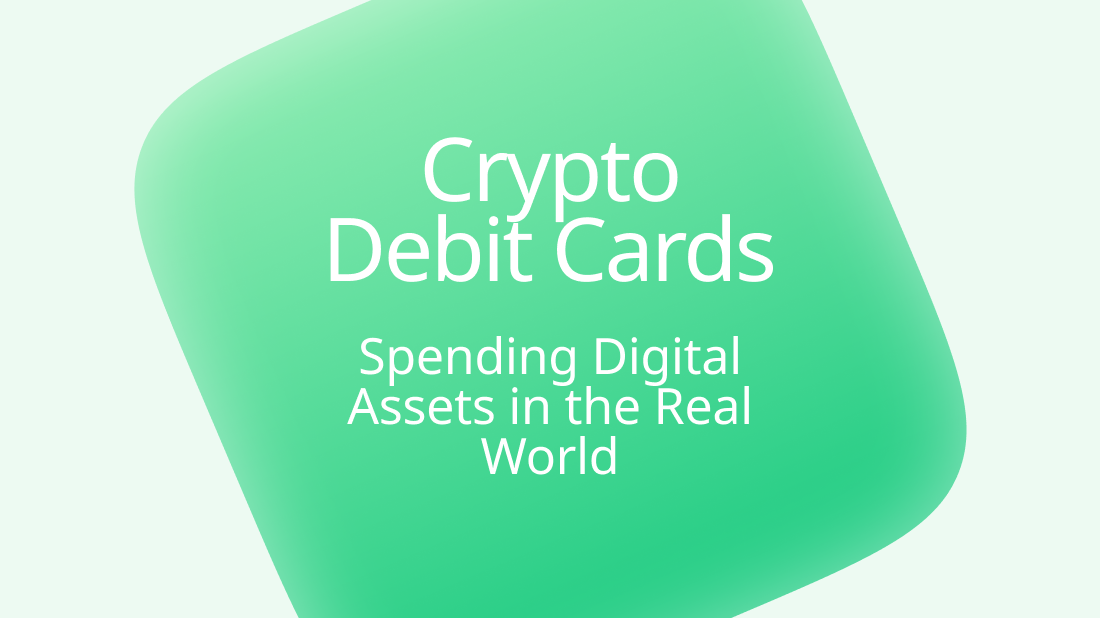Stablecoins: Building Bridges Between Traditional and Digital Currencies

In the ever-evolving landscape of digital finance, stablecoins have emerged as a critical player, providing a stable bridge between the unpredictable world of cryptocurrencies and the familiar realm of traditional fiat currencies. Serving as a reliable medium of exchange, stablecoins offer a unique solution to the volatility concerns often associated with their crypto counterparts. In this exploration, we'll unravel the concept of stablecoins, examine their role as the world's bridge currency, and delve into the main differences between fiat currency and cryptocurrencies.
Understanding Stablecoins: A Haven of Stability
Stablecoins are a special category of cryptocurrencies designed to maintain a stable value by pegging their worth to traditional fiat currencies, commodities, or other assets. The primary goal is to provide users with the benefits of cryptocurrencies, such as speed and borderless transactions, without the inherent volatility that can deter practical use.
Key Characteristics of Stablecoins:
- Pegging Mechanisms:
Stablecoins achieve stability through various pegging mechanisms. The most common types include fiat-collateralized, crypto-collateralized, and algorithmic stablecoins.
Fiat-collateralized stablecoins are backed by a reserve of traditional currency, offering a direct peg to its value.
- Price Stability:
Stablecoins aim to maintain a 1:1 ratio with their pegged asset, ensuring that users can confidently transact without worrying about value fluctuations.
- Use Cases:
Stablecoins are widely used for everyday transactions, cross-border payments, and as a store of value.
Their stability makes them suitable for scenarios where the volatility of cryptocurrencies like Bitcoin and Ethereum would be impractical.
Stablecoins as the World's Bridge Currency
- Reducing Volatility:
Cryptocurrencies like Bitcoin are known for their price volatility, which can deter widespread adoption. Stablecoins address this issue by providing a stable and predictable value.
The stability of stablecoins makes them a reliable medium for daily transactions and financial planning.
- Cross-Border Transactions:
Stablecoins act as an efficient bridge for cross-border payments, eliminating the need for traditional banking systems and their associated delays and fees.
Users can send stablecoins globally with the same ease and speed as cryptocurrencies, fostering financial inclusivity.
- Financial Inclusion:
Stablecoins play a crucial role in providing financial services to the unbanked and underbanked populations, offering them a secure means of transacting value.
- Smart Contracts and DeFi:
Stablecoins serve as the foundation for decentralized finance (DeFi) applications and smart contracts, providing the stability needed for financial agreements and lending protocols.
The Main Difference Between Fiat Currency and Cryptocurrencies: Stability vs. Volatility
Table: Main Differences Between Fiat Currency and Cryptocurrencies
|
Characteristic |
Fiat Currency |
Cryptocurrencies |
|
Stability |
Generally stable, subject to inflation or economic factors |
Highly volatile, prone to significant price fluctuations |
|
Centralization |
Centralized, controlled by governments and central banks |
Decentralized, operating on blockchain technology without a central authority |
|
Accessibility |
Widely accepted, universally recognized |
Varies by cryptocurrency, may not be accepted everywhere |
|
Transaction Speed |
Generally slower, especially for cross-border transactions |
Faster, with the potential for near-instantaneous transactions |
|
Privacy |
Transactions can be private, but surveillance is possible |
Pseudonymous, offering a degree of privacy |
|
Inflation Control |
Central authorities can implement monetary policies |
Fixed supply or predetermined issuance rules, varying by cryptocurrency |
Interesting Facts About Stablecoins:
- The first stablecoin, Tether (USDT), was launched in 2014 and quickly became a dominant player in the stablecoin market.
- Stablecoins have seen a surge in popularity within the decentralized finance (DeFi) ecosystem, where they are used for lending, borrowing, and yield farming.
- The total market capitalization of stablecoins surpassed $100 billion in 2021, reflecting their increasing importance in the broader crypto market.
Conclusion: Stablecoins Shaping the Future of Finance
As the bridge between the familiarity of fiat currencies and the innovation of cryptocurrencies, stablecoins play a pivotal role in shaping the future of finance. Their ability to provide stability in an otherwise volatile ecosystem makes them a practical choice for everyday transactions, cross-border payments, and the broader spectrum of financial services.
Stablecoins not only offer a solution to the volatility concerns associated with traditional cryptocurrencies but also act as a catalyst for financial inclusivity and innovation. As the world continues to explore the potential of decentralized finance and blockchain technology, stablecoins stand at the forefront, providing a stable foundation for the future of digital finance. Embracing this stability may well be the key to unlocking the widespread adoption of digital currencies on a global scale.












